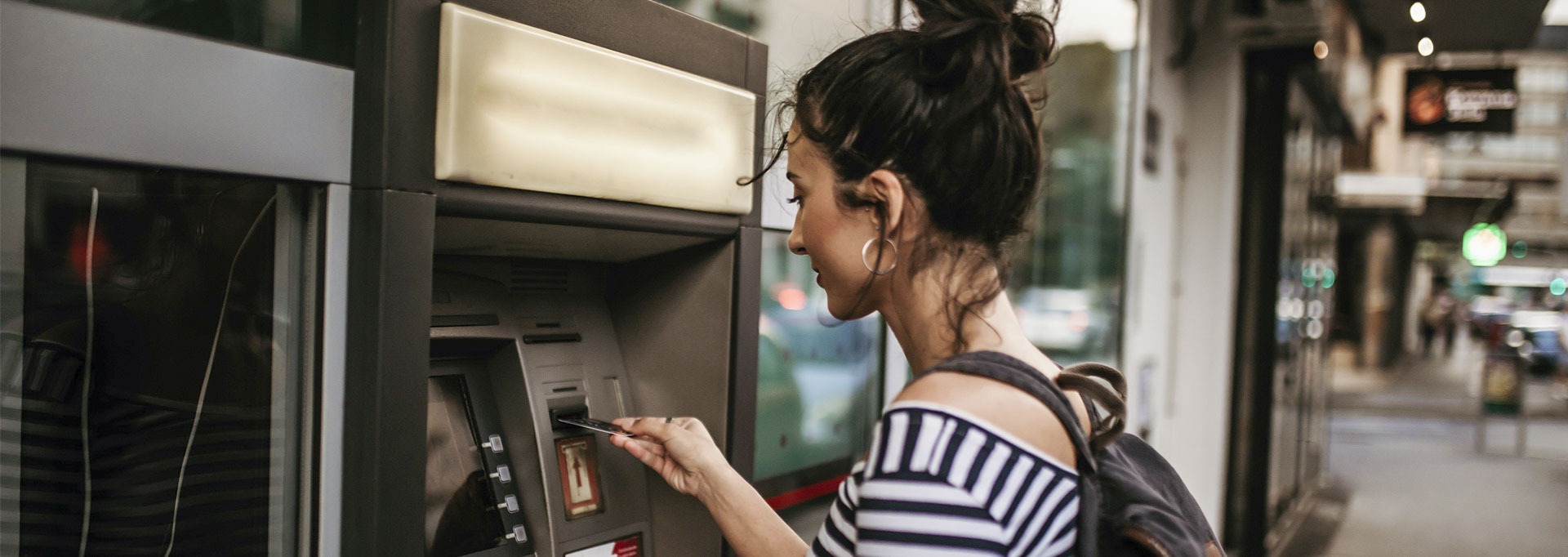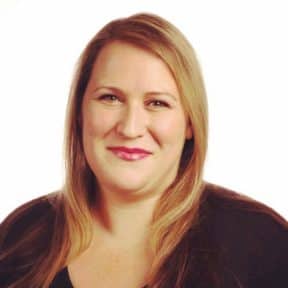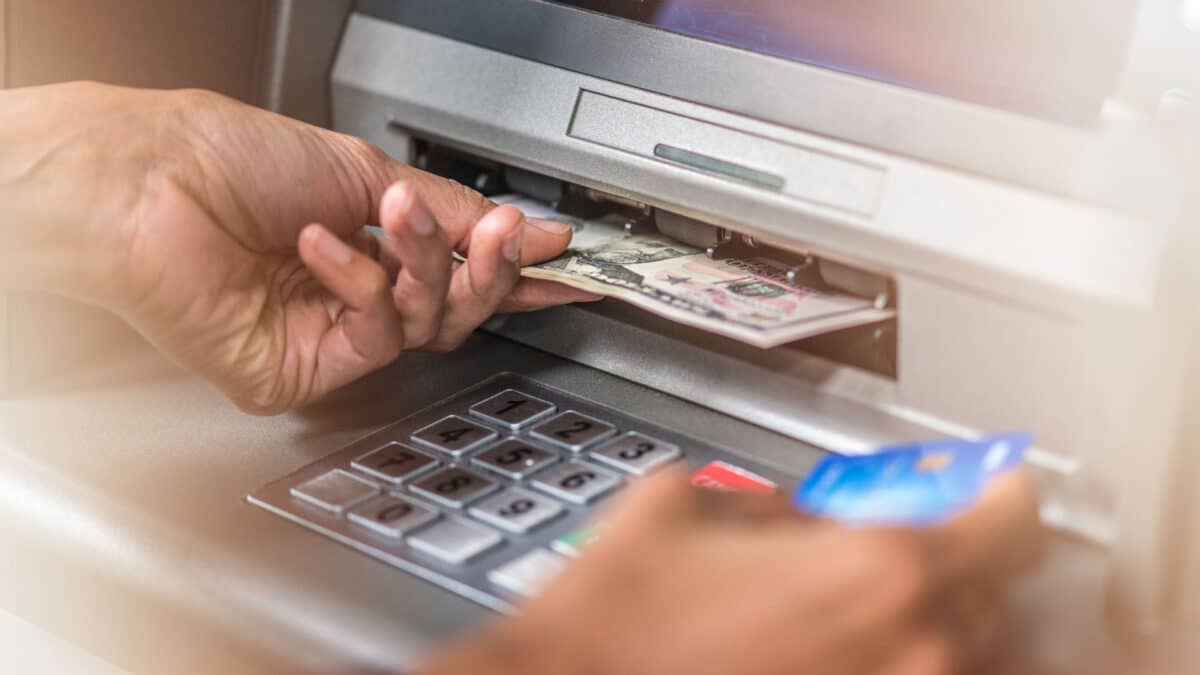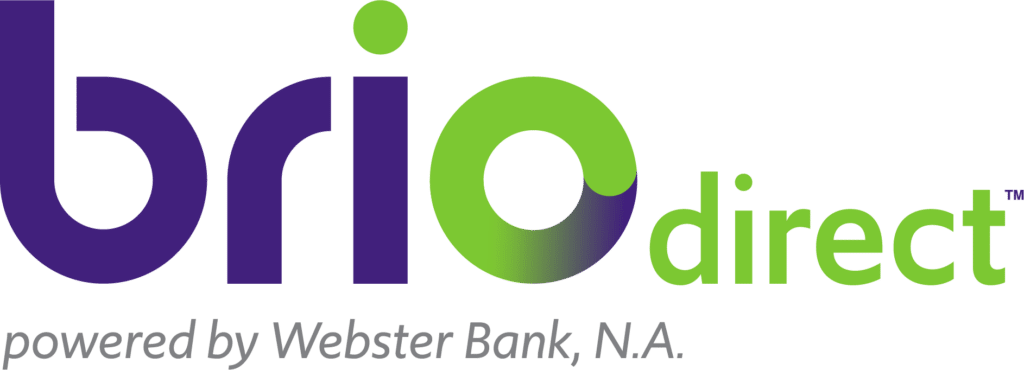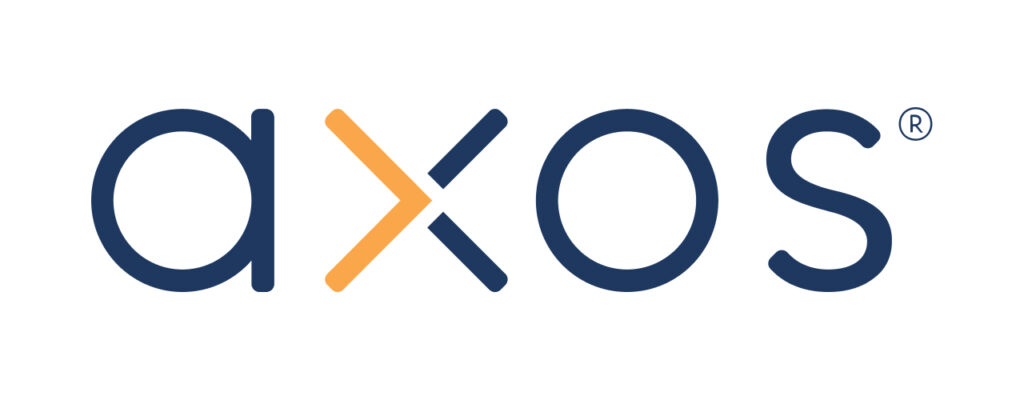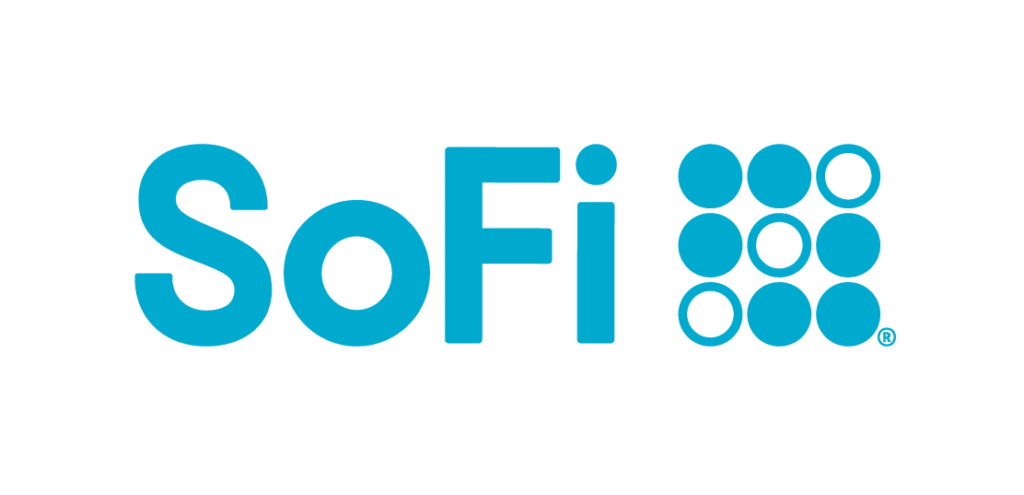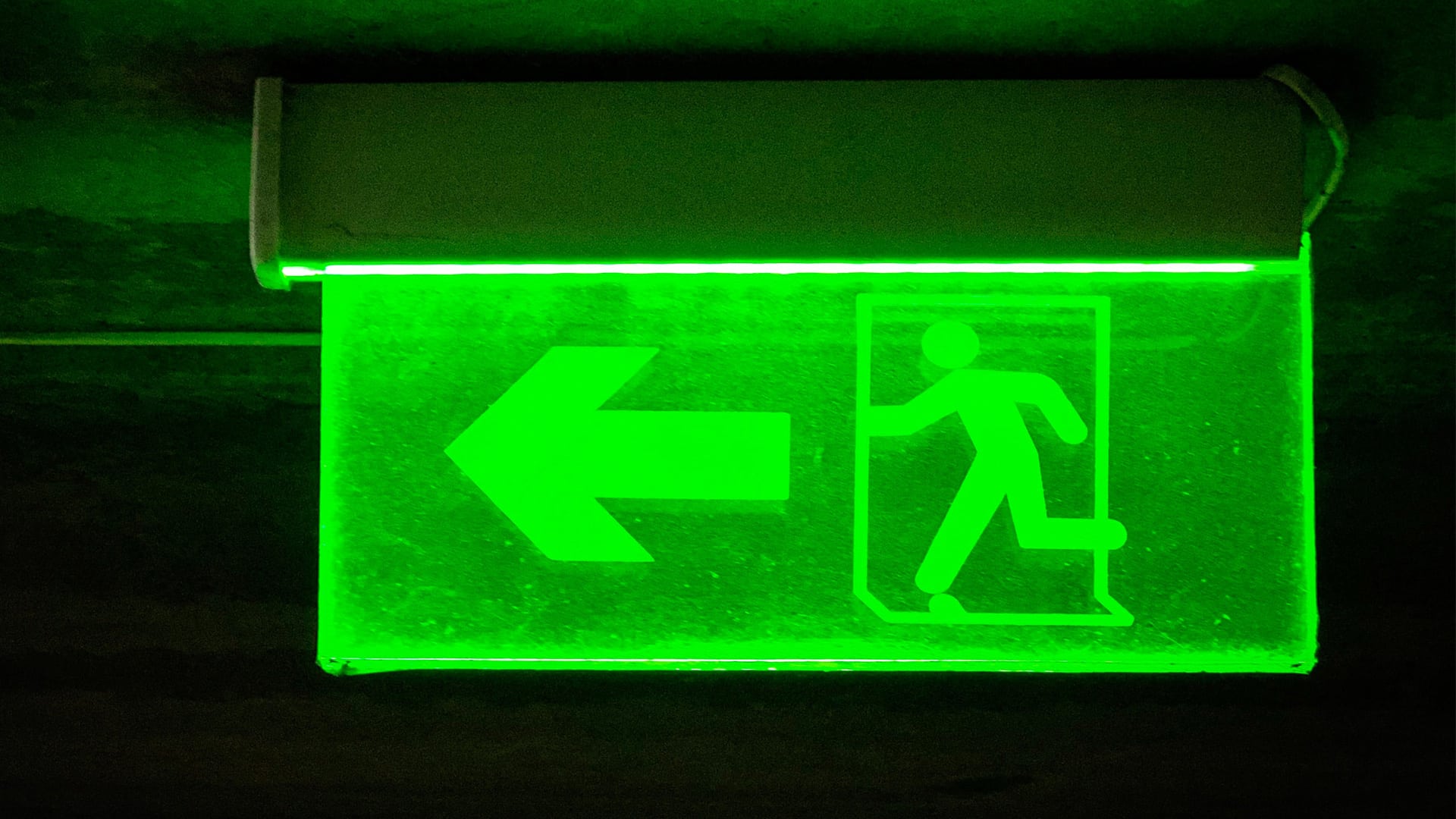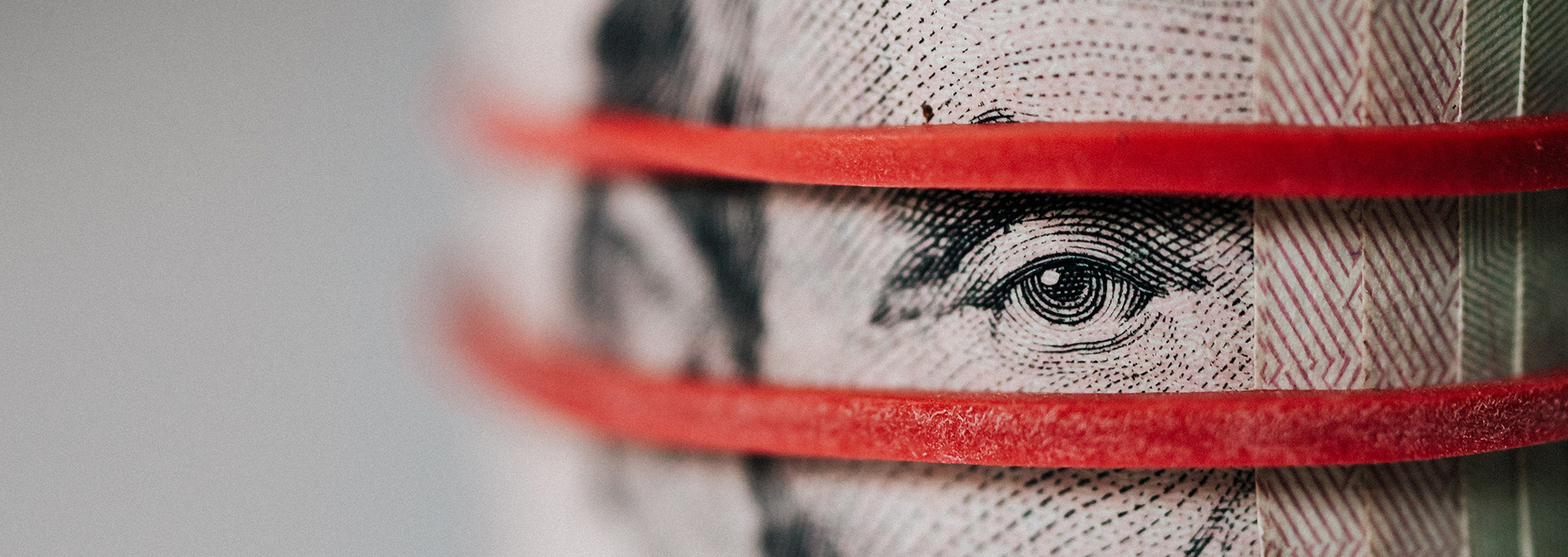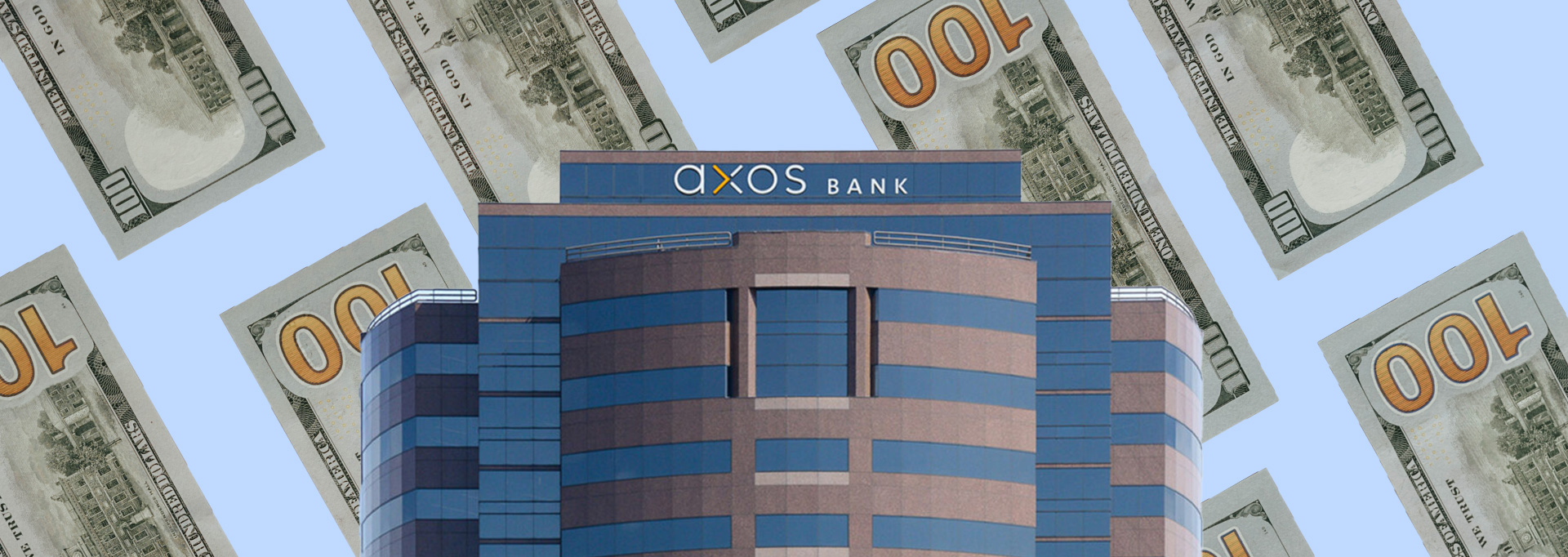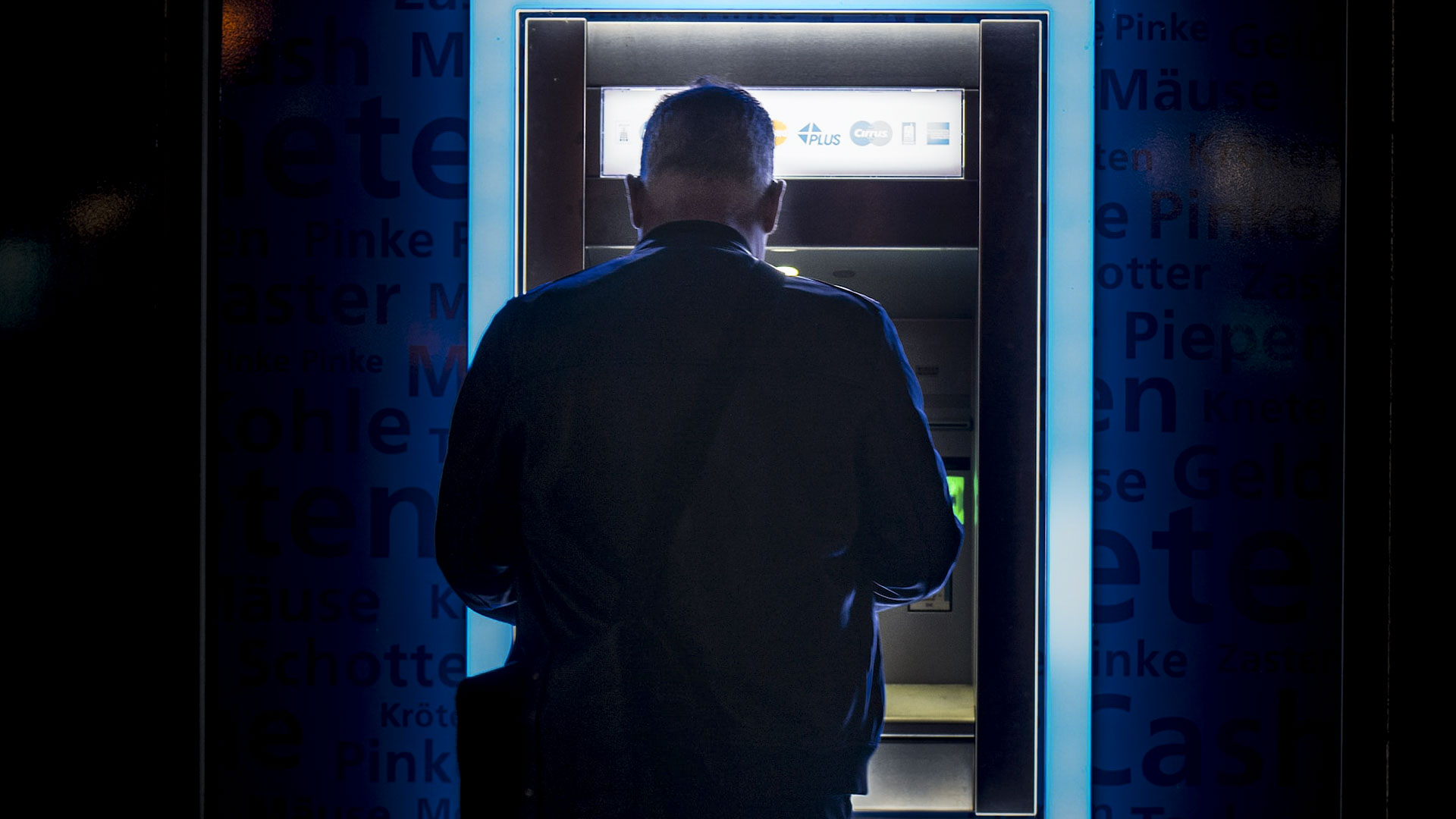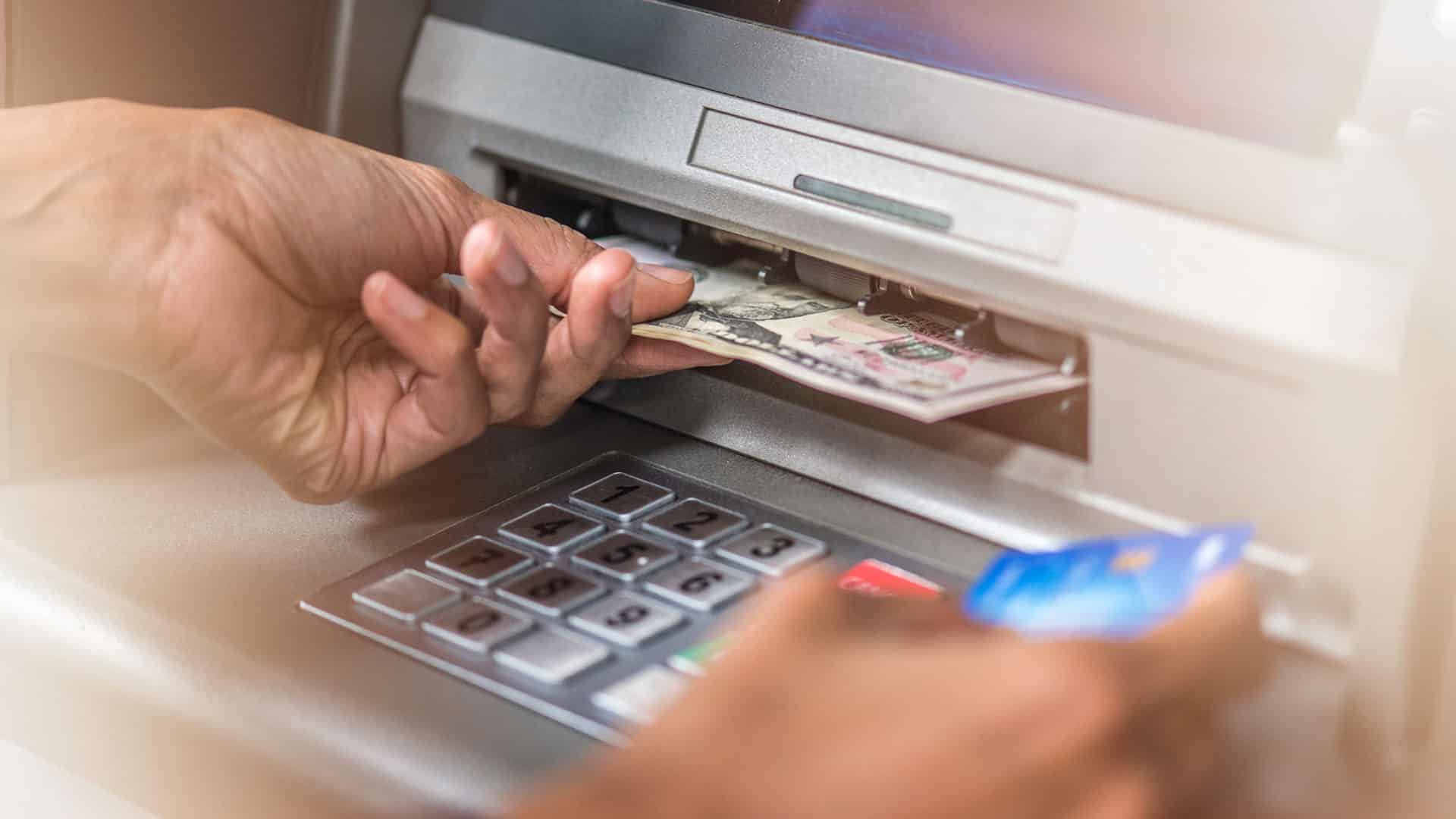Most products on this page are from partners who may compensate us. This may influence which products we write about and where and how they appear on the page. However, opinions expressed here are the author's alone, not those of any bank, credit card issuer, airline or hotel chain.
A che
The following guide will help you determine the ri
Average Checking Account Balance
The average quarterly checking account balance in the United States ranged betwee
However, when you look at average quarterly checking accou
Instead, it can be helpful to consider me
The Federal Reserve’s 2019 Survey of Consumer Finances (SCF), the mo
 Related Article
Related Article
How to Manage Multiple Bank Accounts and Credit Cards Like an Expert
Finding the Right Checking Account Balance for You
Understanding how much the avera
In general, checki
You m
It’s also important to pay attention to any checking account minimums that your bank may impose. For example, your bank or credit union might require you to maint
What to Do With the Rest of Your Cash
Once you figure out the right amount of money to keep in you
It’s also important to c
Once you have your debts under control and a handle on your emergency fund, it’s wise to branch out and look at other
Recommended High-Yield Savings Accounts
| Bank Account | APY | Features | Learn More |
|---|---|---|---|
|
|
4.50%
*Annual Percentage Yield (APY) is variable and is accurate as of 4/02/2025. Rate is subject to certain terms and conditions. You must deposit at least $5,000 to open your account and maintain $25 to earn the disclosed APY. Rate and APY may change at any time. Fees may reduce earnings. |
$5,000 min. deposit |
Open Account |
|
|
Up to 4.66%
Earn up to 4.66% APY on savings, and 0.51% APY on checking when you meet requirements. |
No minimum deposit |
Open Account |
|
Member FDIC |
0.50% - 3.80%
SoFi members who enroll in SoFi Plus with Direct Deposit or by paying the SoFi Plus Subscription Fee every 30 days or with $5,000 or more in Qualifying Deposits during the 30-Day Evaluation Period can earn 3.80% annual percentage yield (APY) on savings balances (including Vaults) and 0.50% APY on checking balances. There is no minimum Direct Deposit amount required to qualify for the stated interest rate. Members without either SoFi Plus or Qualifying Deposits, during the 30-Day Evaluation Period will earn 1.00% APY on savings balances (including Vaults) and 0.50% APY on checking balances. Only SoFi Plus members are eligible for other SoFi Plus benefits. Interest rates are variable and subject to change at any time. These rates are current as of 1/24/25. There is no minimum balance requirement. Additional information can be found at http://www.sofi.com/legal/banking-rate-sheet. See the SoFi Plus Terms and Conditions at https://www.sofi.com/terms-of-use/#plus. |
No minimum deposit |
Open Account |
|
|
4.10%
Earn 4.10% APY on balances over $5,000. Balances of less than $5,000 earn 0.25% APY. Annual Percentage Yield is accurate as of March 19, 2025. Interest rates for the Platinum Savings account are variable and subject to change at any time without notice. |
$100 minimum deposit |
Open Account |
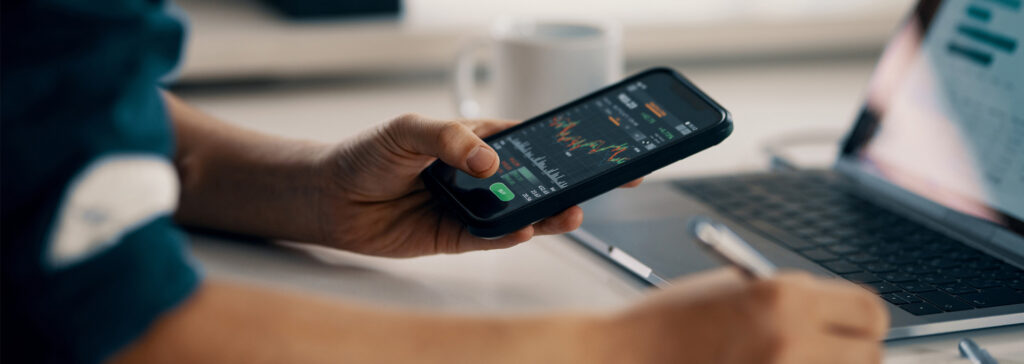 Related Article
Related Article
5 Low-Risk Ways to Earn More Money On Savings
How to Choose a Bank Account
When you’re looking for a bank or credit union to work with, it’s important to find a financial institution that’s a g
- Do you want a bank or cred
it union that charges f ew fees? - Is in-person banking
important to you? - Are you hoping to earn a
competitive APY on your deposit account balances? - Would you like to earn a bank account bonus w
hen you op en a new account?
Once you identify your banking priorities, it should be easier to start the comparison process. For example, you’ll know to av
Explore the Best Bank Bonuses Currently Available
Visit the Marketplace
Bottom Line
Figuring out a comfortable checking account balance for your budg
If you find that you transfer mo




